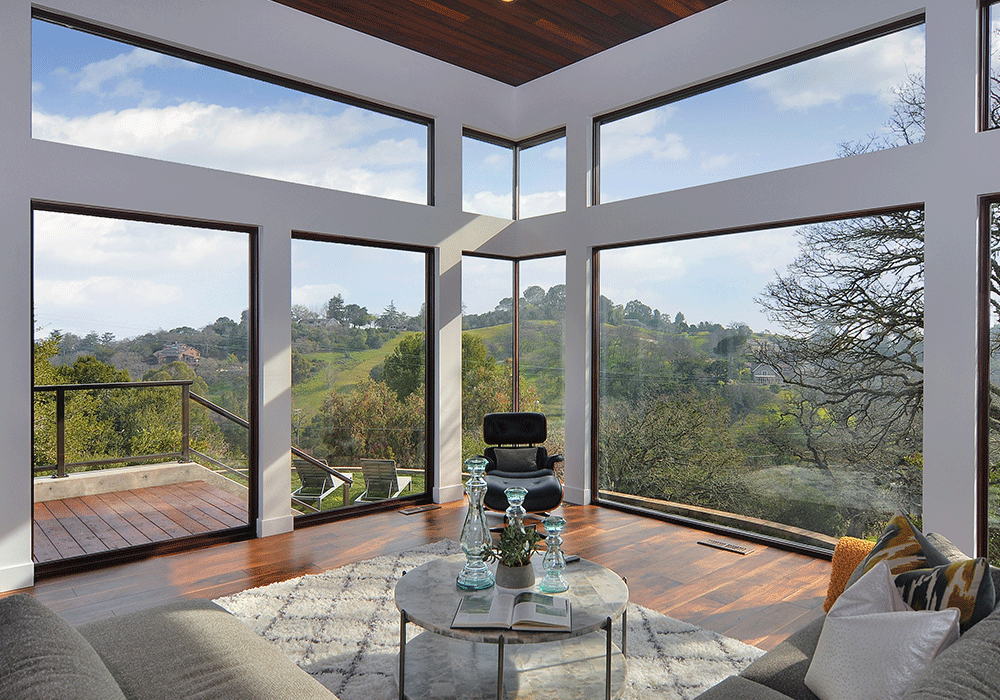
The Connection Between Sleek Products, Contemporary Architecture, and Luxury Living
08.06.20By Malika Junaid
When I moved to the Bay Area in the year 2000, I was struck by the mid-century modern design of Joseph L. Eichler, who introduced modern architecture to Northern California. I was moved by the flat roofs, floor-to-ceiling windows and natural materials, which conveyed a certain affinity with the natural world. Despite the dogma of progress with the rise of IBM, Intel, Apple & other technology companies in Silicon Valley in the 1970s, wealthy executives preferred traditional architecture styles, such as Mediterranean and California Ranch, as opposed to sleek, contemporary design. Around the turn of the twenty-first century, I, along with many of my colleagues, decided it was time to reintroduce modern architectural to the luxury market.
In 2002, I built a custom home in Sunnyvale, California that featured strong geometric design and a spacious open floor plan. Pops of bold colour and serpentine focal points added a sense of lived-in vibrancy to the otherwise subdued mix of natural wood, steel, and glass.
Six years later, I built a second home for my family in Los Altos, California. The two-storey home, with curving staircases, rich woods and textural stone, was selected as a tour home in honour of the great modernist architect Richard Neutra.
In the same way I design my own homes to be dynamic living spaces where I emotionally connect with the architecture, I strive to create custom homes for my clients that make them feel warm, supported and energetic. As Robert Sullivan once said, “Good architecture is like a good marriage, a good poem – gently and almost invisibly allowing you to be as flawed and as beautiful as you are.”
The homes I design are part of a greater zeitgeist, in which contemporary design has become a foundational element in the greater story of Silicon Valley in the twenty-first century. The recent rise in demand for modern contemporary architecture owes much of its success to technology companies like Apple, which approach innovative product design from the perspective of enhancing quality of life. The iPhone and MacBook are largely responsible for not only bringing minimalism back, but also for re-branding sleek, sexy design as affordable, associating it with luxury. As more people encounter modern contemporary design through social media and digital platforms, an enthusiastic following for the modern and contemporary aesthetic grows. People from all socio-economic backgrounds and a wide range of demographics now identify with and are excited about modern/contemporary architecture.
As an architect with a deep-rooted passion for modern contemporary design, I am thrilled more and more of my clients want to discover what modern contemporary design can mean for them and their families.
Learn more here: https://www.mdesignsarchitects.com/
Abode Affiliates
COPYRIGHT © Abode2 2012-2024























































































































































































































